I always recommend using untreated cedar for raised beds. Cedar is naturally rot-resistant, so all outdoor wood projects should be cedar to slow down the decay process. Juniper is becoming a popular, naturally rot-resistant option as well. It can be expensive to get in long lengths though, since Juniper trees tend to be shorter. Chemicals are used in the process of “treated” cedar, so stay away from that if you plan to grow food in what you are building.
I got a great deal on the cedar for this project by using “utility grade” cedar. Utility grade is the roughest cut, which is not great if you want a smooth surface but doesn’t really matter for raised beds. It’s also more likely to have imperfections. Several of the boards were banged up on one side, but fine on the other. They were not damaged enough to impact the integrity of the wood – meaning, it was just cosmetic. The ugly side faces in and the nice side is what you can see on the outside. And the price was right: $12.40 per 8′ board, or $1.55 per foot.
We wanted four raised beds in total, each 4′ x 8′ and about 20″ tall. The total materials cost came to $388.98. Of that, $322.40 was the lumber and the rest went toward 3″ outdoor wood screws.
For assembly, the same 2 x 10’s were used as corner posts. They were just cut in half lengthwise. This saved us the hassle and cost of buying 4 x 4’s to use as posts.

Finished beds perfectly positioned to allow clearance for a wheel barrow
I got very particular about the placing of the beds once they were built. Although it likely annoyed everyone to no end, I was running around with my measuring tape to ensure we had a perfect 30″ between all the beds. That is a great size for fitting a wheelbarrow in between and anything wider just takes up more garden space. Anything narrower and you’ll kick yourself in the long run.
I haven’t decided if we are leaving the wood unsealed or if we want to explore a natural sealer to preserve the color. If we leave it unsealed, the wood will fade to a light gray and match the fence.
To fill the beds, I purchased 7 cubic yards of 4-way soil mix from Mt Scott Fuel, which was about $275 bucks. It includes a balanced mix of topsoil, composted cow manure, yard debris compost and sand. The compost provides a heavy dose of nutrients and the sand will help with drainage. It’s expensive to buy soil, but it’s often the best option when you are starting from scratch and need a massive amount of soil for growing vegetables. In future years, we won’t need to add more soil. We will just add compost once or twice a year to replace any lost nutrients.
Pregnancy has me limited these days when it comes to physical labor. So instead, I called in our “village” of helpers to fill these beds with fresh soil. The little ones had fun playing in the beds as they were getting filled, although they were given stern warnings about not putting any soil in their mouths (see above note about manure being in the soil…). It was definitely bath time for these little guys at the end of the day!
The process of building and filling the beds went smoothly because we were super organized. We had a clear plan for the bed sizes and their design, which ensured they would fit perfectly into the overall plan for the garden. We knew exactly how much lumber we needed before heading to the lumber yard and we called around in advance to find the best price on materials. Hauling the soil took about five hours with three adults, while I kept the kids entertained and worked on less labor intensive projects. The finished beds are all ready for spring planting!
It’s even easier for me to picture what the homestead will look like in a few short years now that our beds are complete. The plants are small now, but they will grow in sooner than you think. And in a few short seasons, we’ll have an edible jungle in our backyard once again.
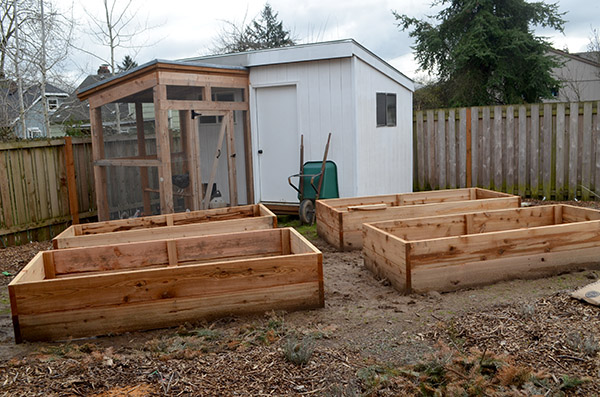
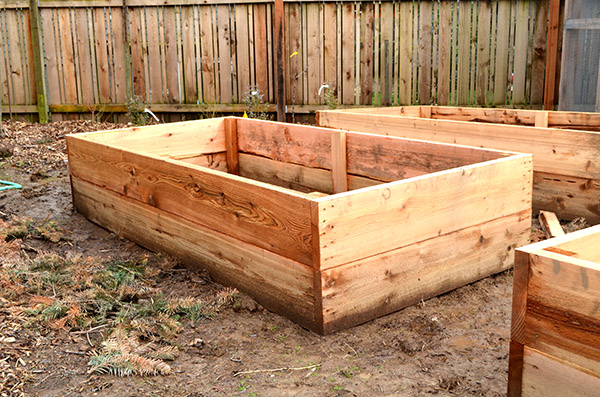
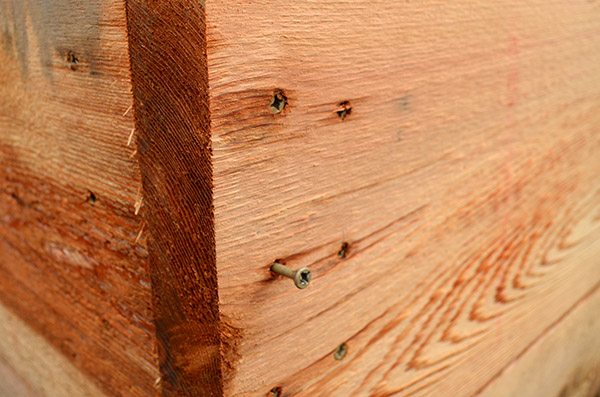
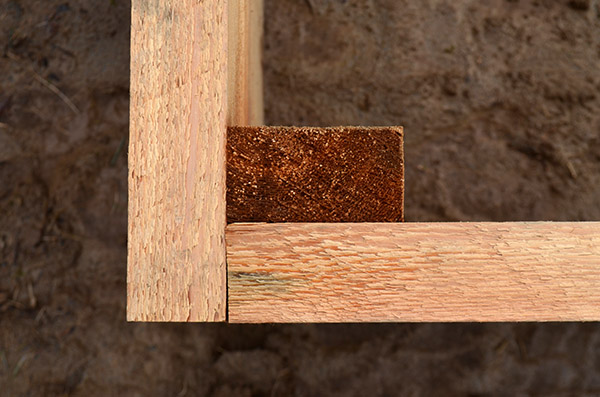
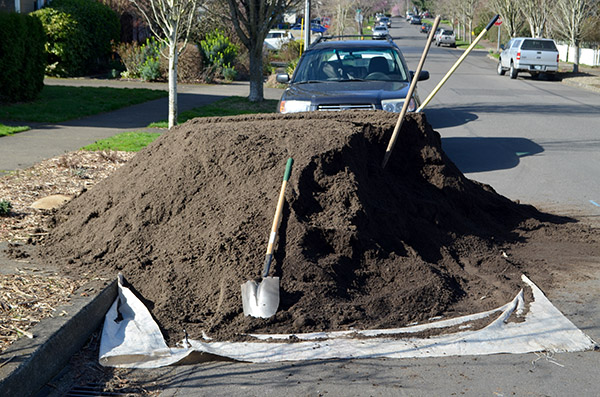
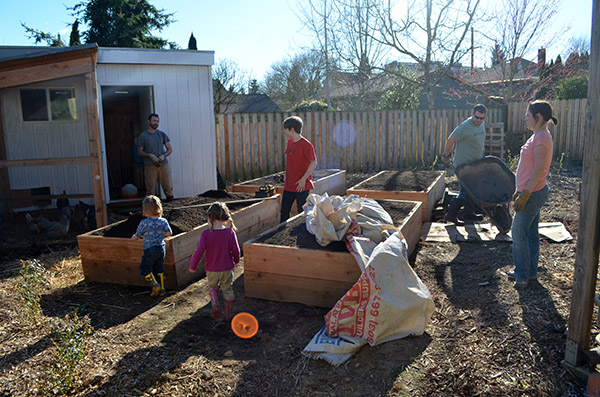
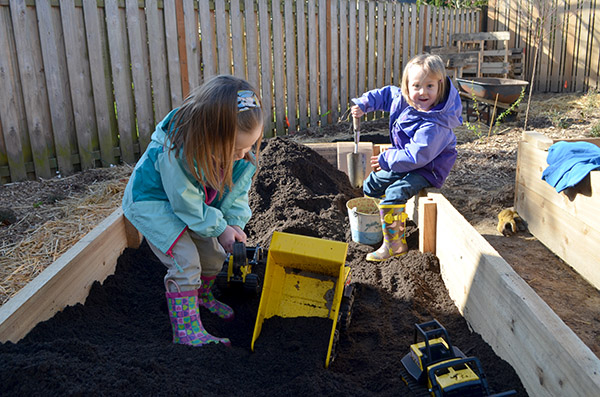
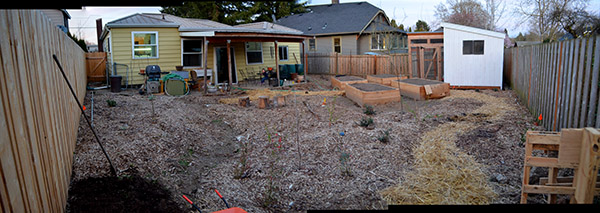
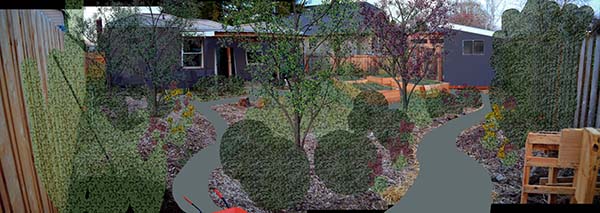
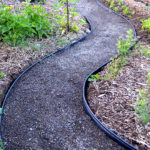
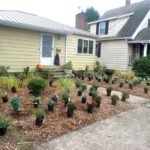
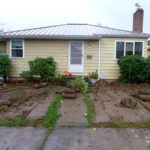
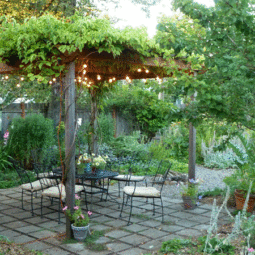

 This cluster was about the siz
This cluster was about the siz




 I start with a
I start with a


I’m curious if you put any weed barrier or pest barrier under raised beds. Also what do you plan on using between beds, mulch, hay? We purchased a new home and will be starting from scratch. This time we need to replace lawn for our garden area. Our last home had garden beds.
We did not put any weed or pest barrier under the beds. I haven’t experienced pest problems digging up in beds this tall (20″) and we had previously removed sod from under the beds. The longterm plan is to install crushed rock pathways between the beds. For the time being, we laid down cardboard in the pathways and covered with straw. It will likely get weedy over time from any straw seeds, but it should get us by for the next few months.
Hi, I love your design. Wondering if you chose to seal the wood or not, using non-toxic all natural sealant – if so, any recommendations? I don’t know if I’m going to seal mine, but if you have ideas, I would love them! Thanks
Jamie, we did not seal our beds. Instead they will fade to a grey like the wood fence in the background. Portland has a local Portland Green Building Supply store with several outdoor non-toxic sealers to choose from: http://www.greenbuildingsupply.com/All-Products/Paints-Coatings-Wood-Stains-Sealers Even if you’re not local, you might still get some product options from visiting their site or calling them. Good luck!